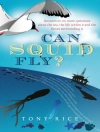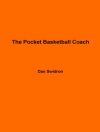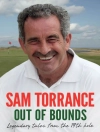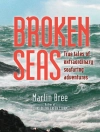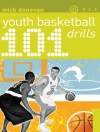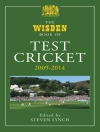In Sea Kayaking, , comprehensive guide for those who travel the open waters in the Southern Hemisphere, Philip Woodhouse, Australian paddler and Royal Australian Air Force veteran, shares his years of experience, technical training, and military teaching skills.
What began as a personal reference was soon developed as a training manual, recommended by the Victorian Sea Kayak Club to its membersand East Coast Kayaking to their patrons and Australian Canoeing students.
Sea Kayaking covers boat design, kit requirements, paddling skills, health and well-being, meteorology, the ocean environment, navigation, communications, conservation andminimal-impact camping, conservation, seamanship, electrical bilge pumps, solar panels, light sources, boat repairs, leadership, risk management, basic safety and survival strategies , as well as a brief overview about the history and various types of canoeing.. There is also a comprehensive glossary to assist the reader in understanding the terms and concepts discussed in the main text.
Woodhouses work differs from most manuals about sea kayaking in that it is written from the perspective of someone who paddles the Southern Hemisphere. As such, the major differences between the two hemispheresweather patterns, navigation, laws, and terminologyare discussed, as well as compared to their Northern Hemisphere counterparts.
In the end, paddling skills are paddling skills, hypothermia is hypothermia, and twenty-five-knot winds are twenty-five-knot winds. A three-metre tidal range can still produce a long haul across mud flats when the tide is outand landing through two-metre surf is still scary (though a lot of fun), no matter where you paddle.
Sobre o autor
Philip Woodhouse is a career military man who worked his way up from being an infantryman to serving as an engineer under the Director General Technical Airworthiness for the Royal Australian Air Force. He was an adventure training instructor of the RAAF officer training school.




